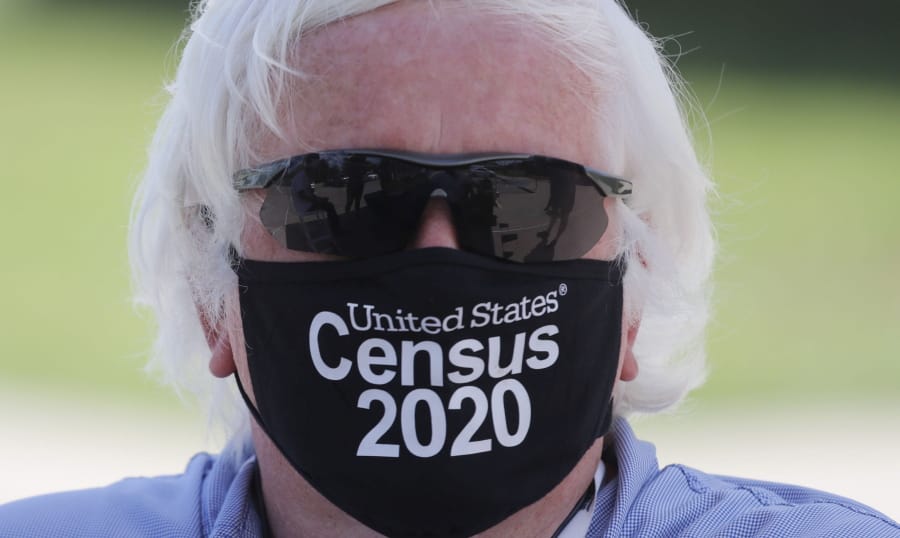ORLANDO, Fla. — The U.S. Census Bureau is cutting its schedule for data collection for the 2020 census a month short as legislation that would have extended the national head count’s deadlines stalls in Congress. The move is worrying researchers, politicians and others who say the change will miss hard-to-count communities, including minorities and immigrants, and produce less trustworthy data.
The Census Bureau said Monday the door-knocking and ability for households to respond either online, by phone or by mail to the questionnaire will stop at the end of September instead of the end of October so that it can meet an end-of-the-year deadline to turn in numbers used for redrawing congressional districts.
Census experts, academics and civil rights activists worry the sped-up count could hurt its thoroughness and produce inaccurate data that will have lasting effects through the next decade. The count determines how $1.5 trillion in federal spending is distributed and how many congressional districts each state gets.
“This move will rush the enumeration process, result in inadequate follow-up, and undercount immigrant communities and communities of color who are historically undercounted,” U.S. Rep. Carolyn Maloney, chairwoman of the House Committee on Oversight and Reform, wrote Census Bureau director Steven Dillingham in a letter Tuesday.
In the letter, Maloney, a Democrat from New York, requested interviews before her committee with eight Census Bureau officials, including two recent additions to the bureau’s leadership whose appointments by the Trump administration have been sharply criticized as politically driven.
But Dillingham said the agency aimed to have the same level of responses as past censuses. “We will improve the speed of our count without sacrificing completeness,” he said.
If communities are missed, it will have “a large downstream impact” not only on apportionment but social science research and other Census Bureau surveys that rely on the once-a-decade census, said David Van Riper, director of spatial analysis at the University of Minnesota’s Institute for Social Research and Data Innovation.
“It’s interesting that this is happening now because all of the COVID databases are using population data from the census,” Van Riper said.
As of Monday, 37 percent of U.S. households hadn’t yet responded to the census questionnaire. Some of the 500,000 door knockers hired by the Census Bureau have begun visiting those households, but they weren’t expected to go out in force until next week.
An analysis by the CUNY Center for Urban Research shows that 10 states currently are trailing their 2010 self-response rates by 5 to 10 percentage points. Those states are Alaska, Montana, New Mexico, New York, North Carolina, North Dakota, Rhode Island, South Carolina, Texas and Wyoming.



